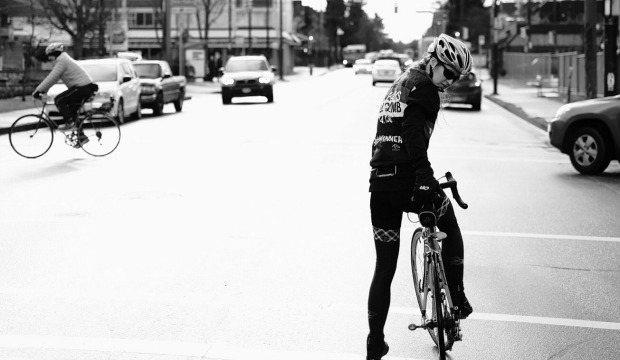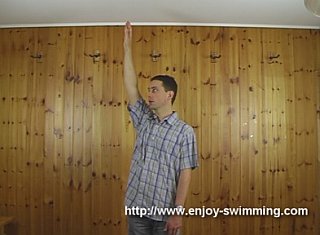While practicing today I discovered a swing key that surprised me since it wasn't among any of the golf lessons I have read over the years on how to golf that dealt with curing the shank shot.
For some insight into where I'm coming from, it is my opinion that the "spine angle" formed by the golfer's spine and the ground is the fundamental aspect that controls the golf swing. With the spine angle maintained, the swing has a better than average chance of being properly completed with good results.
I remember reading somewhere that if a golfer is having trouble coming into the ball properly one solution might be for the golfer to try keeping the right arm next to the upper body (touching) maintaining the touch between the arm and the upper body until making contact with the ball.
That "tip" doesn't make sense to me and possibly I'm not remembering it properly, but it seems contrary to how the shoulders function during the swing. I have a tendency when hitting trap shots and chip shots to "shank" (hitting the ball with the hozel of the club) about one out of fifty shots. On occasion I have gotten into a short period when I would shank so much I would quit and practice putting. Every time I tried the suggestion to keep my right arm next to my upper body I would shank even worse.
Now, there are many and varied reasons given for a shank by many people, which I'm not going into in this article. It has been my experience that, as those of you who have read my previous articles might expect me to say, movement of the spine angle is the culprit (See below for a link which will explain what spine angle means and where I'm coming from on the subject).
Well, today I found a tip of my own which corrected my shanks. I found that on trap shots I was taking my arms back while they were touching my upper body and I was keeping them in touch with my upper body even while I was in the transition at the top of my swing. The touching of the right arm and upper body formed a union between the two which was causing my upper body to follow my shoulders as I completed my down swing and was changing my spine angle. You don't have to move your spine very much to cause a shank. Now, it's perfectly okay to have the arm and upper body close to one another as long as the shoulders have free movement along the upper body on the way down toward the ball. I was not sliding my shoulder along the upper body, but was bringing them down together as one unit pushing the club outside the swing plane.
If all the above sounds too technical, suffice it to say that you want to have your shoulders flowing independent of your spine. The shoulders must freely flow around the spine. This is difficult because it might be a new feeling for some golfers. Also, it doesn't take much to cause a golfer to lose balance during the swing. Practice is necessary to learn how to slowly take the club away from the ball and to make a steady paced swing to the top. Finally, until the changes in your swing get ingrained you will be nervous and nerves cause tension and tension causes jerky movements making it hard to make changes permanent. One of the most destructive movements in a golf swing is jerking the club at the top.
If you want to progress at golf and learn how to swing properly you can't get discouraged. The reality about golf is that you have to keep your eye on the prize.
Cyclings 10 Commandments of Training


Backstroke Technique: Arm Stroke Drills on Dry Land

Copyright © www.mycheapnfljerseys.com Outdoor sports All Rights Reserved